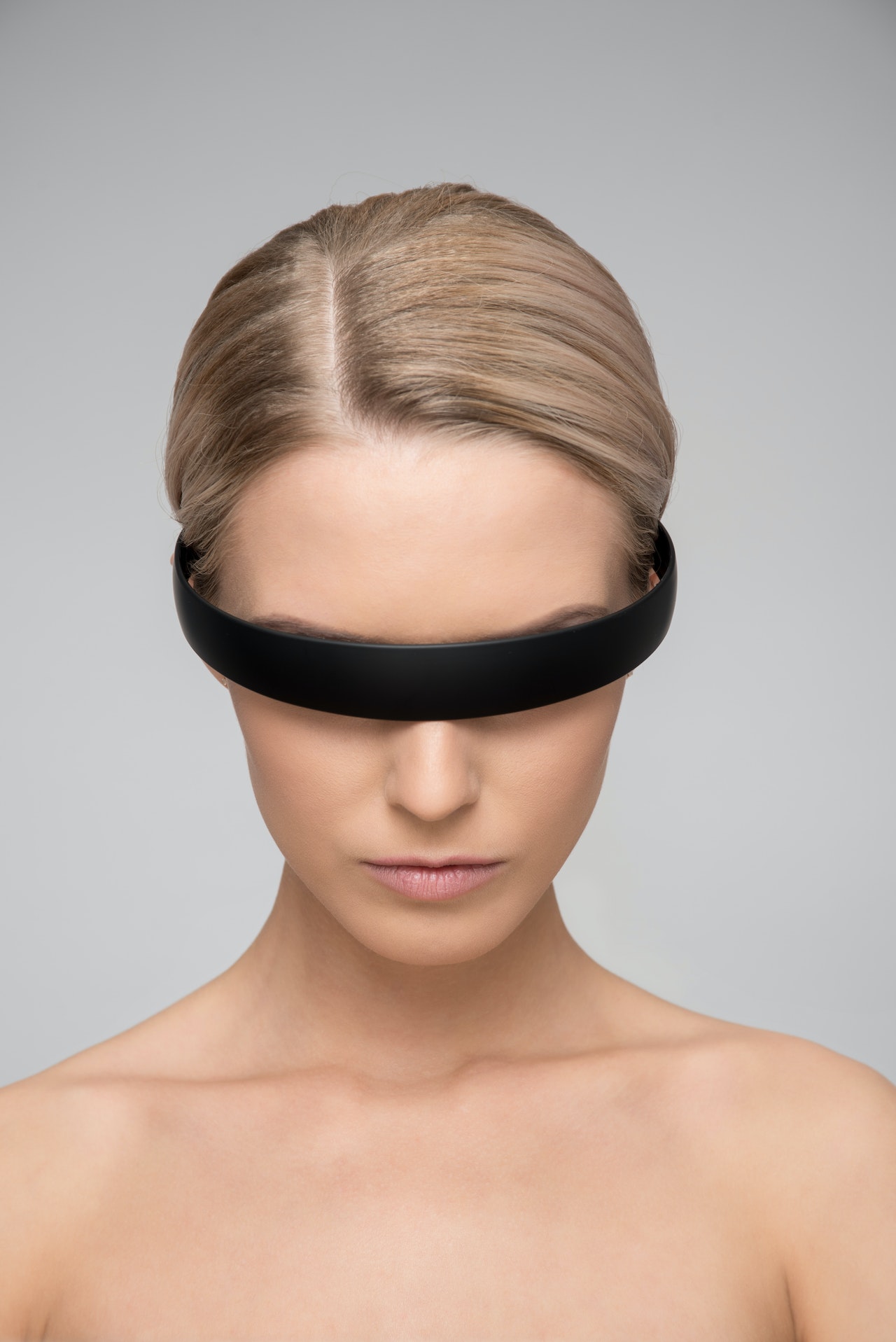Augmented Reality (AR) and Virtual Reality (VR) are technologies that promise to transform how we interact with the world. However, despite their potential, they haven’t become mainstream. Let’s explore why this is the case and what can be done to overcome these obstacles.

Why AR Glasses Haven’t Gone Mainstream Yet
AR glasses have captured our imagination, but they’re still not widely adopted. Here’s why:
- Design and Comfort: Many AR glasses are bulky and uncomfortable, which makes them less appealing for everyday use. Imagine wearing a pair of glasses that feel like they’re weighing you down.
- Battery Life: Current AR glasses often have short battery lives. Having to recharge frequently is a hassle that discourages regular use.
- Limited Content: There’s a lack of compelling content specifically designed for AR glasses. Without engaging apps and services, it’s hard to see the benefit of wearing them.
What’s Next: For AR glasses to become mainstream, manufacturers need to focus on making them lighter, more comfortable, and with longer battery life. Plus, more engaging content would make them more appealing to users.
The Biggest Challenges for VR Adoption in the Consumer Market
VR technology has made great strides, but several challenges still hinder widespread adoption:
- High Cost: VR headsets can be expensive. For many people, the cost of entry is simply too high, making it a luxury rather than a common household item.
- Technical Limitations: Issues like motion sickness and the need for powerful computers or consoles limit who can use VR comfortably.
- Content Availability: While VR content is growing, it’s still not as diverse or as readily available as other media formats.
What Can Be Done: Reducing costs, improving technology to minimize motion sickness, and expanding content libraries will be key to boosting VR adoption.
How to Improve VR Battery Life for Extended Use
One of the main issues with VR headsets is battery life. Here are some ways to improve it:
- Optimized Hardware: Develop more energy-efficient components and improve power management within the headset.
- External Battery Packs: Use external battery packs to extend the playtime without compromising the headset’s design.
- Better Software Management: Optimize software to reduce the power consumption of background processes.
Why It Matters: Extended battery life means you can enjoy longer VR sessions without interruptions, making the technology more practical for everyday use.
Consumer Concerns About Privacy in Virtual Reality
Privacy is a major concern in VR:
- Data Collection: VR headsets collect a lot of personal data, including physical movements and potentially sensitive biometric information.
- Security Risks: If not properly protected, this data can be vulnerable to hacking and misuse.
What You Can Do: Always check the privacy policies of VR apps and platforms. Look for devices and services that offer robust security measures and data protection.
How Cost is a Barrier to VR Adoption
The price of VR headsets is often cited as a barrier:
- High Initial Investment: Quality VR systems require significant upfront costs, including the headset, sensors, and sometimes a powerful PC or console.
- Additional Costs: Beyond the initial purchase, there can be ongoing costs for games and accessories.
Possible Solutions: To make VR more accessible, manufacturers can work on reducing production costs and offering more affordable models. Subsidies or bundled offers could also make the technology more accessible.
Addressing the Technical Challenges of Mixed Reality
Mixed Reality (MR) combines elements of both AR and VR, but it faces unique challenges:
- Hardware Limitations: MR requires powerful hardware to seamlessly blend the digital and physical worlds, which can be costly.
- Software Complexity: Developing software that works well in MR environments is complex and resource-intensive.
What’s Next: Continued advancements in hardware and software are crucial. More efficient technologies and better integration of AR and VR features will help address these challenges.
The Importance of Content Quality for VR and AR Success
For VR and AR to succeed, content quality is essential:
- Immersive Experiences: High-quality graphics and interactive elements make the experience more engaging and enjoyable.
- Diverse Offerings: A wide range of content—from games to educational tools—will attract different types of users and uses.
Why It Matters: The better the content, the more likely people are to adopt and use VR and AR technologies. Quality content can turn a good device into a must-have.
How Cultural Differences Affect VR Adoption Worldwide
VR adoption varies greatly across different cultures:
- Regional Preferences: Different regions have different preferences for entertainment and technology. What’s popular in one country might not be in another.
- Economic Factors: The cost of VR and AR devices can be prohibitive in less wealthy countries, limiting adoption.
What To Consider: Tailoring VR and AR products and content to fit regional preferences and economic conditions can help drive global adoption.
The Future of Wearable AR Technology
Wearable AR technology has the potential to be transformative:
- More Practical Designs: Future AR wearables are expected to be more practical and stylish, making them easier to integrate into daily life.
- Enhanced Functionality: Advances in AR technology could lead to new applications in health, education, and everyday tasks.
Why It’s Exciting: As AR technology evolves, it has the potential to change how we interact with information and our environment, making it a powerful tool for personal and professional use.
Overcoming VR Adoption Challenges in the Healthcare Sector
VR has promising applications in healthcare but faces several challenges:
- Regulatory Hurdles: Navigating regulations and getting approval for medical applications can be a lengthy and complex process.
- Integration with Existing Systems: Incorporating VR into existing medical workflows can be challenging.
Solutions: Collaborations between tech companies and healthcare providers can help address these issues. Demonstrating the effectiveness of VR in clinical settings and streamlining integration processes are key steps forward.
Conclusion
While AR and VR technologies have made significant strides, several barriers still prevent them from going mainstream. Addressing these challenges—such as improving device comfort, reducing costs, enhancing content quality, and navigating privacy concerns—is crucial for wider adoption. As technology advances and solutions to these challenges emerge, we can look forward to more immersive and accessible AR and VR experiences in the near future.














